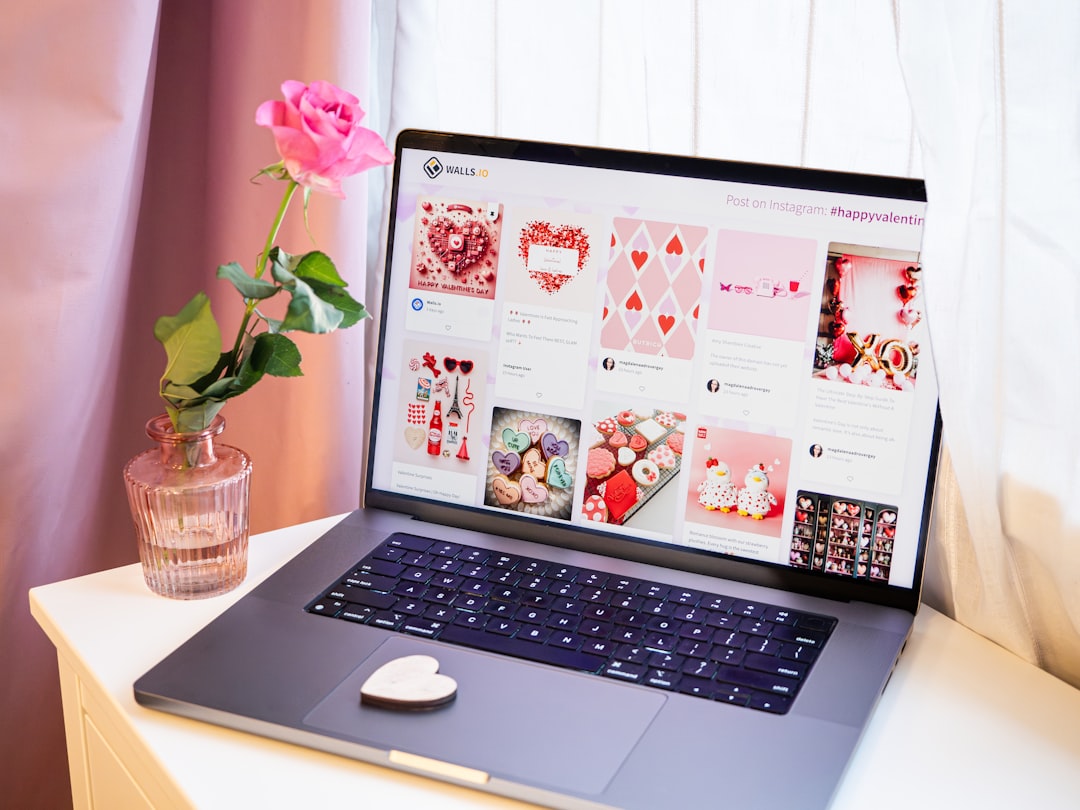In the ever-evolving landscape of online content creation, images play a pivotal role. For bloggers, the inclusion of high-quality visuals can dramatically enhance reader engagement, boost SEO, and ultimately improve user experience. But with copyright laws becoming increasingly strict and blog content on the rise, the demand for easily accessible, royalty-free images is higher than ever in 2025.
Fortunately, a wide array of resources and techniques are available to help bloggers source high-quality royalty-free images without violating copyrights or blowing their budget. This detailed guide explores the best strategies to find and use royalty-free images effectively in 2025.
- Understanding Royalty-Free: What Does It Really Mean?
-
Top Ways to Find Royalty-Free Images Online in 2025
- 1. Use Advanced Search Filters on Trusted Free Image Sites
- 2. Explore AI-Generated Image Tools
- 3. Check Creative Commons Licenses Carefully
- 4. Pay for a Good Subscription When Necessary
- 5. Use Image Bookmarking and Management Tools
- 6. Search Directories That Curate Multiple Sources
- 7. Build a Personal Image Library
- Final Tips for Using Royalty-Free Images Safely
- Frequently Asked Questions (FAQ)
Understanding Royalty-Free: What Does It Really Mean?
The term royalty-free is frequently misunderstood. Contrary to popular belief, “royalty-free” doesn’t necessarily mean that the image is free of charge. Instead, it means that after a one-time purchase (or even if it’s free), the user is not obligated to pay royalties or license fees for multiple uses. These images can be used legally with fewer restrictions, making them an ideal option for bloggers who publish articles on a regular basis.
Top Ways to Find Royalty-Free Images Online in 2025
1. Use Advanced Search Filters on Trusted Free Image Sites
One of the simplest methods to find royalty-free images is by using reputable free image websites that offer advanced filtering capabilities. In 2025, websites have integrated AI to help users find more accurate image results. Here are some trusted platforms:
- Unsplash – Offers a huge library of over 5 million high-resolution photos that are completely free to use, even commercially.
- Pexels – Provides photos and videos with a modern feel, especially great for tech and lifestyle bloggers.
- Pixabay – Includes illustrations, vectors, and even music along with its photos, making it a versatile resource.
- Reshot – Excellent for unique, non-stocky images contributed by emerging photographers.
Most of these sites now come equipped with AI-integrated search suggestions, tag filtering, and customizable sizing to make searching seamless.

2. Explore AI-Generated Image Tools
AI-generated images have seen massive advances in 2025, allowing bloggers to create highly customized visuals without infringing anyone’s copyright. Tools like DALL·E 3, Midjourney, and Adobe Firefly let bloggers input text prompts to create tailored images for every post.
When using these tools, it’s important to ensure the generated content is licensed for commercial use. Many platforms now clearly indicate usage rights so creators know exactly how the images can be used in blog content.
3. Check Creative Commons Licenses Carefully
Another popular method for sourcing free images is utilizing photos released under various types of Creative Commons (CC) licenses. Platforms like Flickr and Wikimedia Commons offer images under different CC categories, which may require attribution or non-commercial use only.
Ensure to filter your searches for “CC0” or “Public Domain” licenses for maximum flexibility. In 2025, advanced filtering systems across many image libraries let you search by license type, which helps speed up the process and avoid legal pitfalls.
4. Pay for a Good Subscription When Necessary
Sometimes, investing in a paid image subscription service can be the most time-effective choice, especially for professional bloggers who require consistent high-quality visuals. A few noteworthy paid platforms include:
- Shutterstock – Offers a vast library of royalty-free stock images, templates, and music with flexible pricing plans.
- Adobe Stock – Seamlessly integrates with Adobe Creative Suite and offers professional-grade assets.
- Canva Pro – More than just a design tool, Canva Pro gives access to millions of premium photos with commercial use rights.
These subscriptions provide consistent quality and remove the guesswork about image rights. Many even offer team collaboration features, important for growing blogging operations.
5. Use Image Bookmarking and Management Tools
Once a good image is found, managing the resources effectively becomes the next challenge. In 2025, advanced image management tools like Eagle and Milanote allow bloggers to store royalty-free assets, organize them by project, and share them across teams. These tools support image tagging and license information storage, helping with compliance and faster retrieval.
6. Search Directories That Curate Multiple Sources
Meta-search platforms and curated directories are increasingly popular in 2025 for bloggers who want to search across several free image repositories at once. Examples include:
- Everypixel – Scans across dozens of image repositories and filters by various licensing types.
- StockSnap.io – Regularly updated with high-resolution photos and filters based on usage rights and popularity.
These platforms save time and effort by pooling resources into one cohesive interface.
Image not found in postmeta7. Build a Personal Image Library
In 2025, creating unique content is more essential than ever. Savvy bloggers often invest in developing a small collection of images that are unique to their niche or blog. This includes:
- Personal photographs taken on smartphones or DSLR cameras.
- Original graphics and illustrations created using tools like Canva, Figma, or Photoshop.
- AI-generated art tailored to specific editorial needs.
By building a personal repository, bloggers ensure the originality of their content, which boosts SEO and helps with brand identity. Over time, this can lead to a deeper connection with the audience.
Final Tips for Using Royalty-Free Images Safely
Even with the best sources, it’s crucial to observe safe practices around image usage:
- Review each image’s license before using it commercially.
- Give credit when attribution is required—even if optional, it demonstrates professionalism.
- Keep metadata or proof of image source in case issues arise later.
- Avoid editing exclusion zones if specified by the license owner.
Following these guidelines ensures long-term safety and credibility for any blogger in 2025.
Frequently Asked Questions (FAQ)
-
Q: What does “royalty-free” actually mean?
A: Royalty-free means the image can be used repeatedly without paying ongoing license fees, though a one-time payment or attribution may still be required. -
Q: Is it safe to use images from Google Search?
A: No. Google shows images from various sites, many of which are copyrighted. Always verify the image’s license and source before use. -
Q: Can AI-generated images be copyrighted?
A: In most cases, AI-generated images cannot be copyrighted by individuals, which often places them in the public domain. However, always check each platform’s terms of service. -
Q: Are attribution-free images better for blogging?
A: Yes, they provide more flexibility and a cleaner aesthetic. However, giving credit is still appreciated by creators and platform communities. -
Q: Which image sites are trending in 2025?
A: Unsplash, Pexels, Pixabay, and newer AI platforms like Adobe Firefly and Everypixel remain top choices for quality and variety.
Finding royalty-free images for blogging in 2025 is easier and safer than ever thanks to the evolution of search platforms, AI generation tools, and stricter filtering options. With the right approach, bloggers can source stunning visuals that elevate their content while staying within legal and ethical boundaries.



Leave a Reply